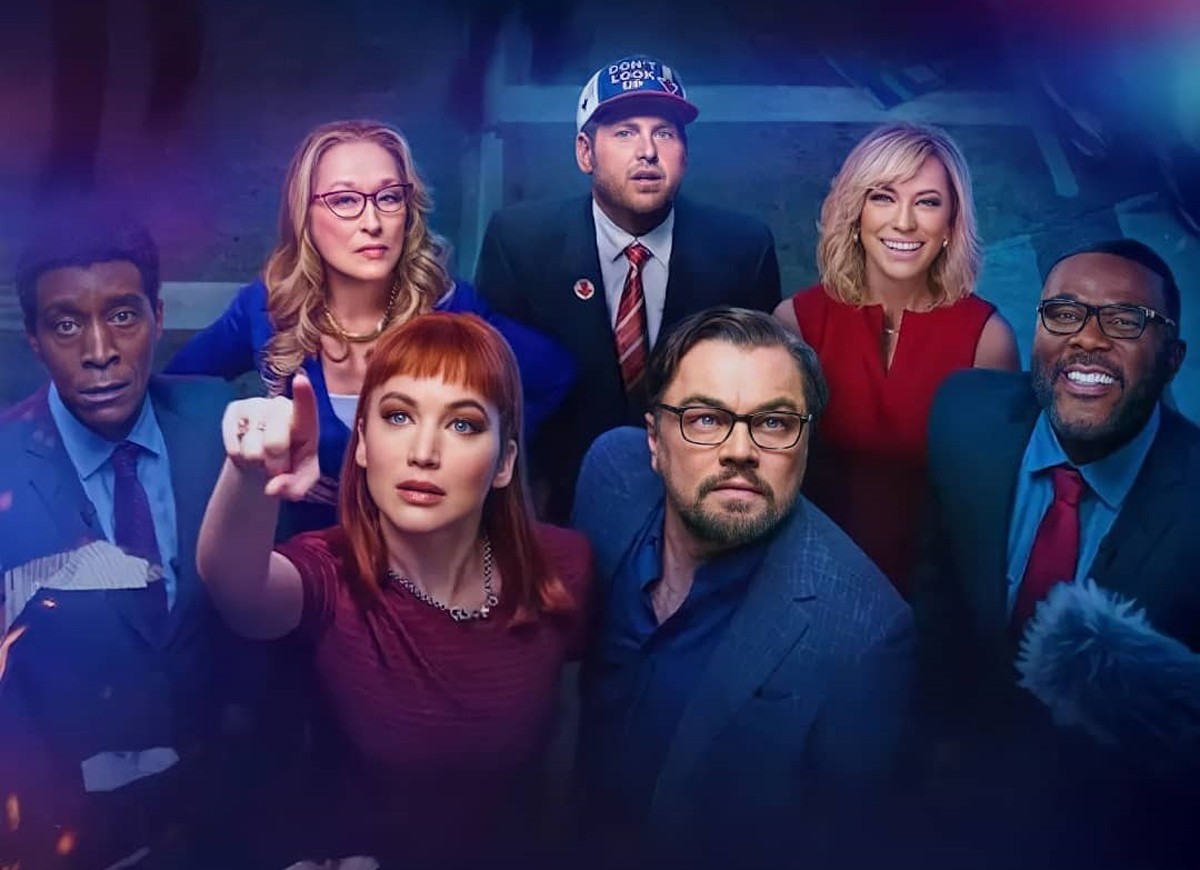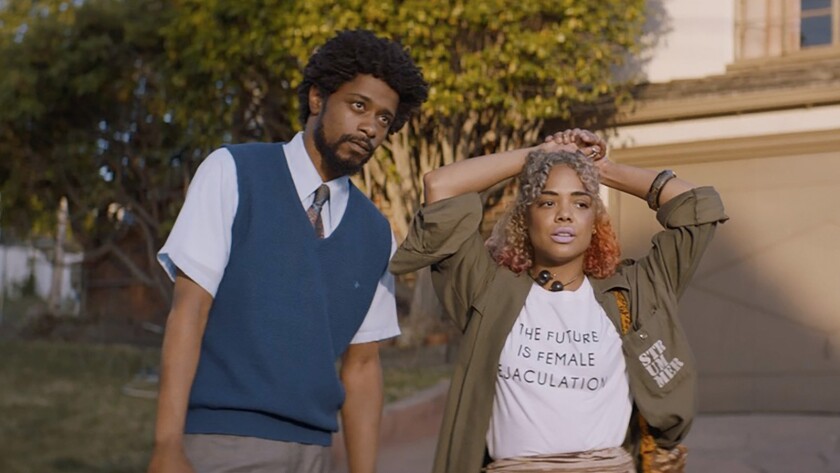Karlawish, Jason and Aaron Kesselheim. "A Disease of Humanity: The Problem of Alzheimer's." Open Source (June 24, 2021) ["Alzheimer’s disease, the hushed nightmare version of old age, is on the wrong side of medical news again. The headline shocker this month was that the watchdog Food and Drug Administration had approved an anti-Alzheimer’s drug from the pharma giant Biogen. The treatment called aducanumab has no record of success and a first-round price-tag per patient of $55,000 per year. Our keynote guest Aaron Kesselheim has the inside story of the FDA’s retreat from regulation. Then Jason Karlawish will join us from the front line of Alzheimer’s treatment. The riddle this hour is what makes the last stage of human life so demanding and so difficult." Jason Karlawish's new book is The Problem of Alzheimer's: How Science, Culture, and Politics Turned a Rare Disease into a Crisis and What We Can Do About It."]
Latour, Bruno. Facing Gaia: Eight Lecture on the New Climatic Regime. Polity Press, 2017. ["The emergence of modern sciences in the seventeenth century profoundly renewed our understanding of nature. For the last three centuries new ideas of nature have been continually developed by theology, politics, economics, and science, especially the sciences of the material world. The situation is even more unstable today, now that we have entered an ecological mutation of unprecedented scale. Some call it the Anthropocene, but it is best described as a new climatic regime. And a new regime it certainly is, since the many unexpected connections between human activity and the natural world oblige every one of us to reopen the earlier notions of nature and redistribute what had been packed inside. So the question now arises: what will replace the old ways of looking at nature? This book explores a potential candidate proposed by James Lovelock when he chose the name 'Gaia' for the fragile, complex system through which living phenomena modify the Earth. The fact that he was immediately misunderstood proves simply that his readers have tried to fit this new notion into an older frame, transforming Gaia into a single organism, a kind of giant thermostat, some sort of New Age goddess, or even divine Providence. In this series of lectures on 'natural religion,' Bruno Latour argues that the complex and ambiguous figure of Gaia offers, on the contrary, an ideal way to disentangle the ethical, political, theological, and scientific aspects of the now obsolete notion of nature. He lays the groundwork for a future collaboration among scientists, theologians, activists, and artists as they, and we, begin to adjust to the new climatic regime."]
Lederach, John Paul. "The Art of Peace." On Being (July 8, 2010) ["What happens when people transcend violence while living in it? John Paul Lederach has spent three decades mediating peace and change in 25 countries — from Nepal to Colombia and Sierra Leone. He shifts the language and lens of the very notion of conflict resolution. He says, for example, that enduring progress takes root not with large numbers of people, but with relationships between unlikely people."]
Lesage, Julia. "The Last Word: AI Musings." Jump Cut #62 (Winter 2023 - 2024) ["Since many of my friends say they know nothing about AI, I am taking this editorial space to reflect on how I began to study AI. Early in 2023, Gary Kafer sent in a review of Kate Crawford’s The Atlas of AI: Power, Politics, and the Planetary Costs of Artificial Intelligence. [Please read Kafer’s piece alongside mine.] It led me to read Crawford’s book, which amplified my concerns about the damage caused by massive digital data gathering. I’d been thinking about AI since the year before when in November, 2022, ChatGPT was released, grew rapidly in its user base, drew many critics, and the nation saw a massive subsequent venture-capital investment in this kind of AI. On a personal level, I saw how ChatGPT suddenly reshaped the work life of many writers and teachers around me, and the strikes in Hollywood made it clear that as a media professional I had to learn more about AI."]
Loewen, James. "Teaching What Really Happened: How to Avoid the Tyranny of Textbooks and Get Students Excited About Doing History (Teachers College Press, 2018)." New Books in History (January 3, 2019) ["In an atmosphere filled with social media and fake news, history is more important than ever. But, what do you really know about history? In the second edition of his book, Teaching What Really Happened: How to Avoid the Tyranny of Textbooks and Get Students Excited About Doing History (Teachers College Press, 2018). Dr. James W. Loewen interrogates what we think we know about our past. Loewen, a sociologist and professor at the University of Vermont, shows readers that history must be reconsidered in order to avoid previously accepted misconceptions. As Loewen demonstrates throughout this valuable text, teachers must look beyond the textbook to discover what really happened and to teach their students how to "do" history. Teaching What Really Happened is an eye-opening book that reinvigorates history and empowers its readers."]
Lyonhart, Jonathan D. "Peele’s Black, Extraterrestrial, Critique of Religion." Journal of Religion & Film (October 2023) ["While Jordan Peele’s films have always held their mysteries close to the chest, they eventually granted their viewers some climactic clarity. Get Out (2017) used an 1980s style orientation video to clear up its neuroscientific twist, while Us (2019) had Lupita Nyongo’s underworld twin narratively spell out the details of the plot. Yet Nope (2022) refuses to show its hand even after the game is over, never illuminating the connection between its opening scene and the broader film, nor a myriad of other questions. As such, critics complained that it stitched together two seemingly incongruent plots without explanation; one where a chimp attacks the crew of a successful Hollywood show, the other where an alien organism haunts a small ranch in the middle of nowhere. In this paper, I will argue that a theological interpretation of Nope helps explain some of these mysteries at its center, while revealing Peele’s underlying religious critique and its place within his broader oeuvre."]
Like Stories of Old. "The Problem of Other Minds – How Cinema Explores Consciousness." (Posted on Youtube: May 31, 2018) ["How have films engaged the problem of other minds? In this video essay, I discuss cinematic explorations into consciousness in the context of the cognitive revolution that has challenged many of the basic assumptions about what was for a long time believed to be a uniquely human trait." Uses Frans de Waal's book Are We Smart Enough to Know How Smart Animals Are?: "Hailed as a classic, Are We Smart Enough to Know How Smart Animals Are? explores the oddities and complexities of animal cognition--in crows, dolphins, parrots, sheep, wasps, bats, chimpanzees, and bonobos--to reveal how smart animals really are, and how we've underestimated their abilities for too long. Did you know that octopuses use coconut shells as tools, that elephants classify humans by gender and language, and that there is a young male chimpanzee at Kyoto University whose flash memory puts that of humans to shame? Fascinating, entertaining, and deeply informed, de Waal's landmark work will convince you to rethink everything you thought you knew about animal--and human--intelligence."]
Magid, Shaul. "‘Anti-Zionism = Antisemitism’ Isn't Just Wrong, It's the Problem." Religion Dispatches (December 13, 2023) ["Let’s be honest, for anyone with basic liberal values, even if you are a Zionist, the state of Israel is presently very problematic (as the Israeli protests have shown—to say nothing of the occupation) and thus many of the criticisms are not prejudicial by definition. Some Jewish anti-Zionists argue that the nation-state is not the best or healthiest collective structure for Jews. Nation-states are, after all, pretty egregious entities, responsible for mass murder, inequality, and oppression. One can argue with that for sure, but is that statement antisemitic?"]
Marshall, Nowell. "Inverting Lovecraftian Racial and Sexual Monstrosity in Guillermo del Toro’s The Shape of Water ." Supernatural Studies 8.2 (Summer 2023) ["This essay reads Guillermo del Toro’s award-winning 2017 film The Shape of Water as a rewriting and inversion of key racial and sexual tropes about H.P. Lovecraft’s Deep Ones. Rather than abjecting interracial/interspecies and queer forms of desire as Lovecraft did in “Dagon” and The Shadow Over Innsmouth, del Toro’s film deploys an oppositional gaze to recenter the narrative on diverse characters and sexual experiences, ultimately representing Elisa as a hybrid woman who finds a place to belong."]
Taylor, Matthew D. "How the Alabama IVF Ruling Was Influenced by Christian Nationalism." On the Media (February 23, 2024) ["In the latest battle over reproductive health care, the Alabama Supreme Court ruled that frozen embryos are children. Shortly after, the state's largest hospital said it would pause IVF treatments, leaving couples with fertility problems with incredibly few options. But what made headlines in the aftermath of the ruling was the particular vocabulary used by Chief Justice Tom Parker in his concurring opinion—namely, quotes from the Bible. It's no secret that Parker is loath to separate church and state, but his preferred brand of Christian fundamentalism has mostly flown under the radar—until now. Justice Parker subscribes to the charismatic evangelical Christian leadership networks known as the New Apostolic Reformation, or the NAR, a term coined in 1996. This week, Brooke sits down with Matthew D. Taylor, scholar at the Institute for Islamic, Christian, & Jewish Studies in Baltimore and author of the forthcoming book, The Violent Take It by Force: The Christian Movement That Is Threatening Our Democracy, to talk about how a movement, once on the fringe of America’s religious landscape, is slowly emerging as a political force."]


